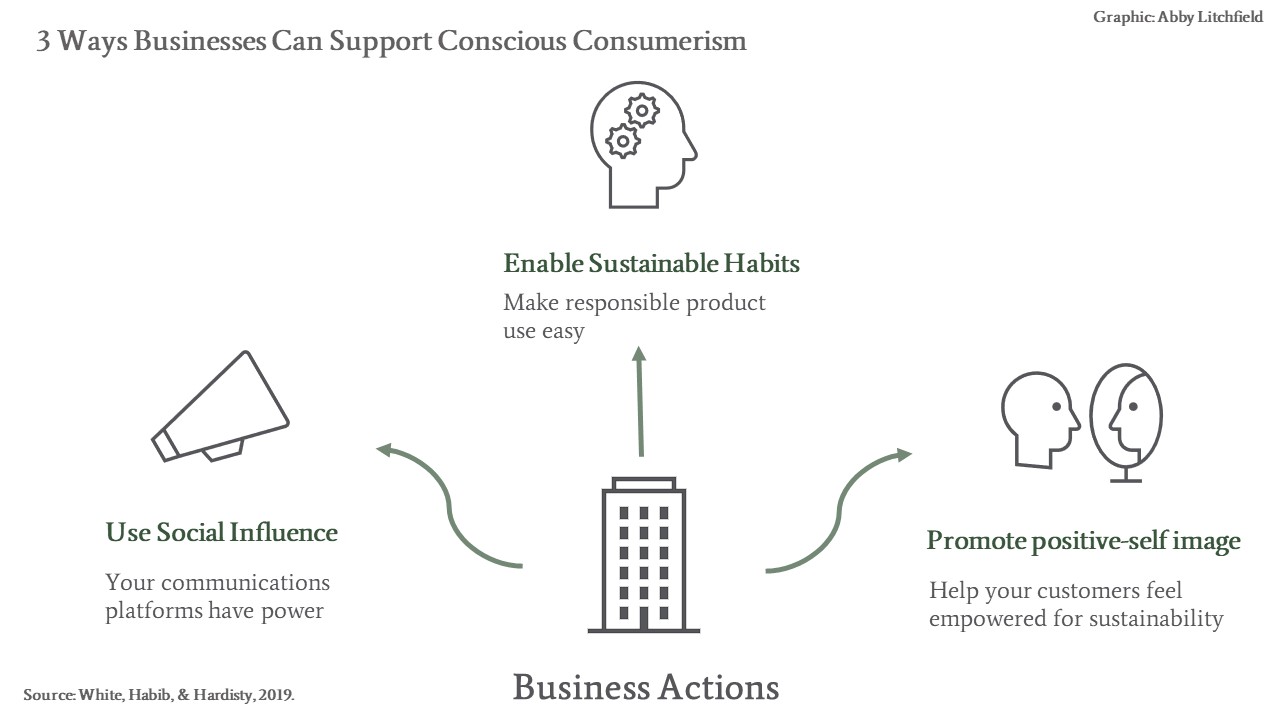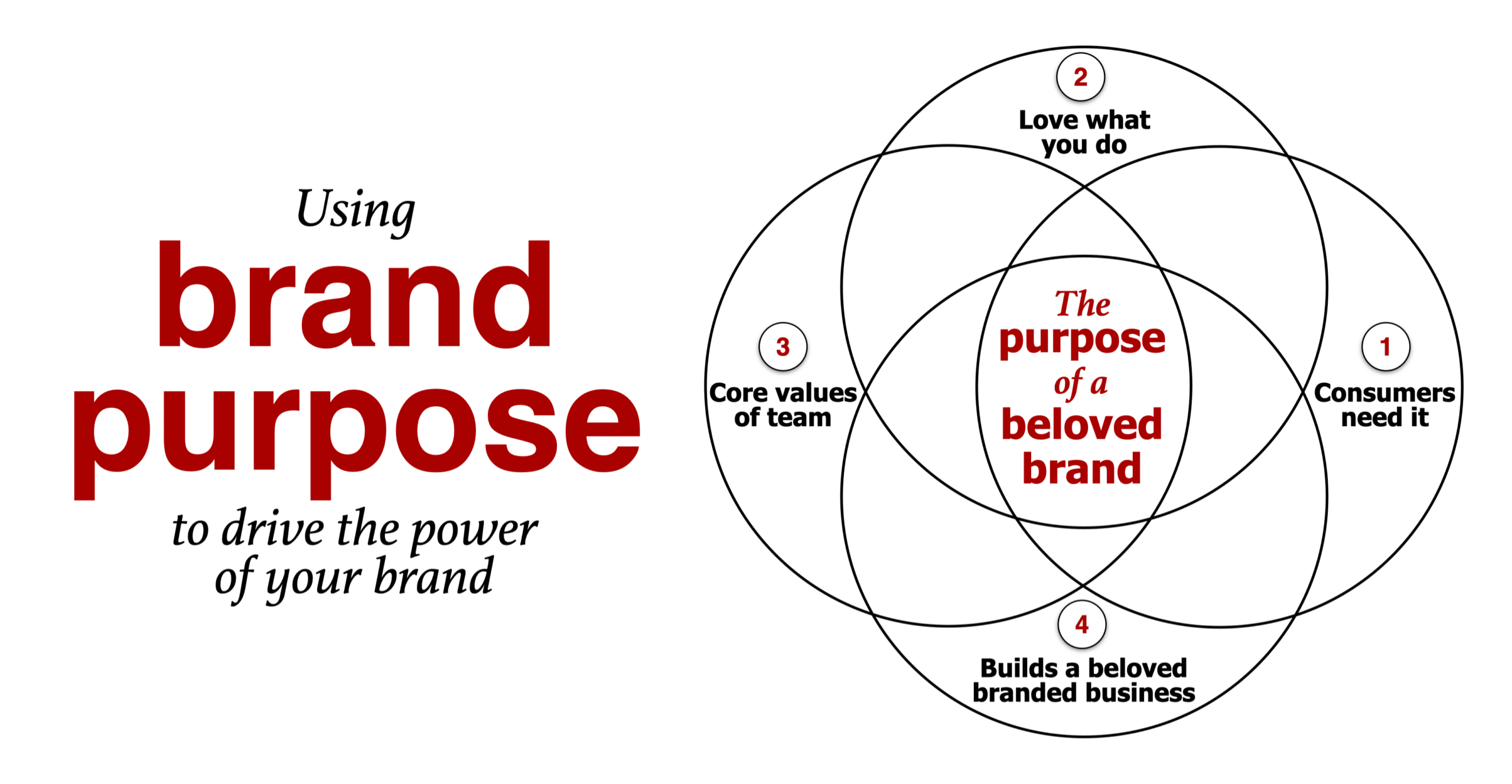We live in a time when consumers increasingly expect brands to stand for more than just profits. Issues like sustainability, diversity, and corporate responsibility have become selling points for modern companies. Yet so many marketing campaigns today still peddle goods and services without concern for their social or environmental impact.
As marketers, we have a profound opportunity to drive positive change through our work. The brands we represent can aim higher than simply chasing sales targets and vanity metrics. With thoughtful strategy and messaging, we can promote business solutions to pressing societal problems. We can inspire consumers to make purchases that better the world.
The Shift Toward Conscious Consumerism
Over the past decade, we've seen the rise of conscientious companies finding success through purpose-driven branding. Research shows that 82% of shoppers now prefer buying from businesses aligned with their values. Morality is increasingly driving purchasing behavior.

This reflects a few key societal shifts:
- Hyper-transparency. The information age has peeled back the curtain on unethical corporate practices. Today's consumers can easily look up a company's labor rights violations, environmental track record, political lobbying efforts, and more. Brands must now operate with integrity to satisfy the conscientious market.
- Younger generations leading change. Millennials and Gen Z show greater desire for responsible capitalism than their predecessors. Having come of age amid climate change and economic precarity, they expect businesses to help resolve systemic issues. 88% of millennials say brands must provide social/environmental good.
- Social media activism. Platforms like Twitter and TikTok have enabled moral outrage and cancel campaigns calling out corporate misdeeds. But they also allow conscious messaging to spread. Clever branding moves for good easily go viral.
These factors have paved the way for purpose-driven marketing campaigns that truly engage modern consumers by appealing to their values.
Lead With Purpose

In my agency work over the past 1o years, I've seen consistent success for clients who build brand messaging around driving positive impact - whether environmental, social, economic, or otherwise.
Start by identifying core issues your business aims to address. What meaningful change does your product or service create in the world?
For example, one client I worked with runs a snack startup donating nutritious, sustainable school meals to underserved students. Their social mission sits front and center in all their communications. Rather than hiding this do-gooder angle, they tout it proudly to attract like-minded customers.
Such purpose-first messaging works because it's authentic. Today’s consumers have highly attuned BS detectors. They want to see legitimate, specific efforts from brands to improve society. Weaving a cause into your campaign only to boost sales won't cut it anymore.

Back Words With Action
A purpose-driven branding strategy means little without actual initiatives advancing your cause. Customers will dig into what your company does behind the scenes - not just what it says.
Let's consider apparel giant Nike, which has built billions in brand value through stirring ads championing inclusion, perseverance, and equality. Controversy erupted several years back when their supply chain issues came to light - low wages, poor conditions, etc.
Since then, Nike has backed up the messaging by dramatically improving oversight and labor policies. The key is following up rhetoric with meaningful reform. marketing campaigns must align with operational priorities.
Similarly, financial firms now commonly tout goals around renewable energy investments and closing racial wealth gaps. But smart consumers will verify progress through analyzing their lending and asset allocation practices. Words must match reality.
Lead By Example

Beyond driving external impact through their products and operations, purpose-driven companies also aim to lead by example internally - building healthier, more inclusive cultures.
Take the Silicon Valley tech scene, where many top firms still struggle with discriminatory and toxic work environments. This sparked calls for reform from employees, advocates, and an otherwise loyal customer base.
In response, companies like Slack and Asana implemented innovative new pay equity and transparency policies. They changed internal structures to better support equity and work-life balance.
Messaging that stuck out? Asana's stated goal to become "one of the most diverse, equitable and inclusive places to work in the tech industry.” By setting the tone from the top down, branding and policies aligned to drive real progress.
Key Takeaways
- Build marketing campaigns around driving impact on specific societal/environmental issues
- Craft messaging that transparently communicates purpose in an authentic way
- Back up branding rhetoric through company practices, operations, and policies
- Set goals not just for external impact but for improving internal culture
Appeal To Universal Human Values

Even purpose-driven messaging should speak to universal themes that resonate across diverse audiences. Avoid signaling virtues just to shame others or earn "ally cookies". Make inclusive appeals aligned with values of justice, compassion, community, and human dignity.
For example, financial firm SoFi conducted an LGBTQ equality-focused campaign highlighting shared aspirations for family, relationships, and belonging. This appealed broadly to human stories over divisive identity politics. It worked precisely because anyone could relate at some level while feeling included as a customer.
Similarly, Airbnb’s recent ad celebrating diverse groups of friends brought people together by showcasing our common humanity. It features real guests and videos submitted by hosts to highlight how rising above social divides unlocks new friendships.
Messaging rooted in universal values - on equality, care for others, self-actualization - rises above noisy debates over social issues du jour. It frames inclusivity and diversity as universal goods all reasonable people can appreciate. This helps purpose-led brands build broad appeal.
Key Takeaways
- Frame social impact efforts through widely shared human values
- Focus on universal needs for compassion, belonging, self-actualization
- Keep purpose messaging positive - change comes through inspiration
The Triple Bottom Line
Ultimately, purpose-driven marketing aims at the "triple bottom line" - not just profits but also social and environmental returns. Your campaigns should clearly communicate this expanded definition of business success.
Let me walk through some tactical tips on how brands can evaluate impact in all three areas:
Profits
- Track revenue and sales growth
- Measure marketing efficiency - ROI on ad spends
- Analyze customer lifetime value
Social Impact
- Quantify donations, volunteer hours, pro bono work
- Audit supply chain for fair wages and ethical sourcing
- Report on employee satisfaction, retention, and demographics
Environment
- Calculate carbon footprint over time
- Disclose percentage of operations running on renewables
- Audit output of waste, toxins, emissions
Smart integration of these metrics into messaging shows customers you take a full triple-bottom-line approach. Demonstrate through data how pursuing purpose drives business sustainability overall.
Key Takeaways
- Measure social/environmental impact alongside profits
- Disclose metrics publicly to amplify purpose initiatives
- Show how driving change on issues also supports growth
Marketing comes with major power - and responsibility. The brands we promote shape society, culture, and how consumers behave. They can drive progress or perpetuate harm.
Brands taking thoughtful stands on issues close to their mission usher in positive change. Purpose-driven messaging, backed by real action and policies, resonates widely in today's market. It also helps attract top talent and fuels innovation internally.
Business today serves all stakeholders - shareholders but also employees, partners, customers, community members. As marketers, if we lose sight of serving people over profits, what’s the point of it all?
But when we harness the reach of brands to drive meaningful impact - now that's a purpose worth getting up for each day. Consumers respond. Employees engage more. Communities benefit. The next generation of business leaders are seeking this change. It's our responsibility to provide it.






